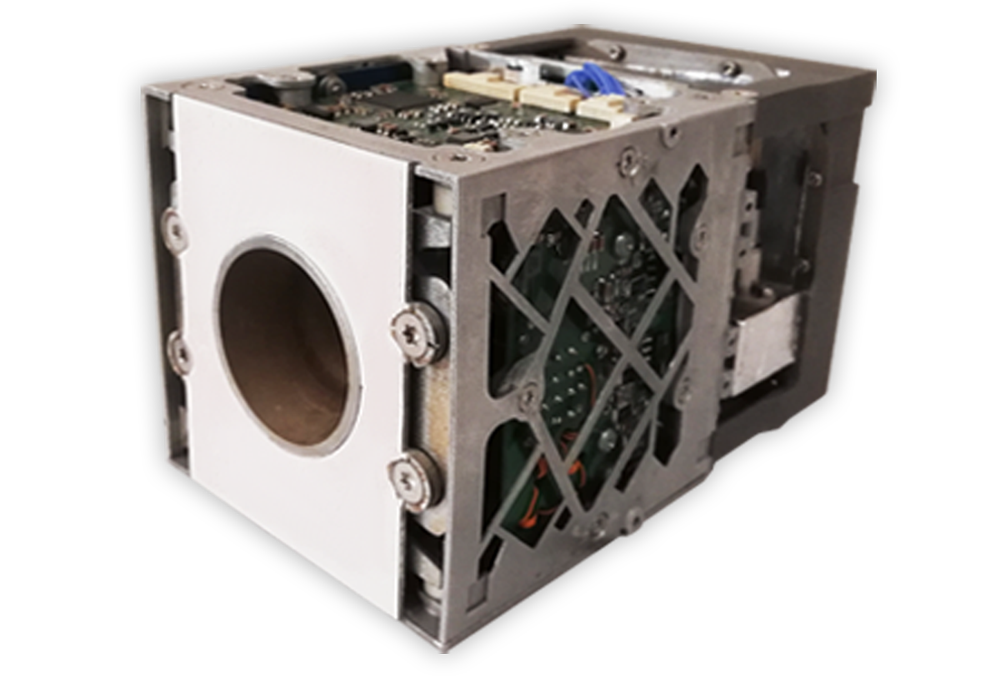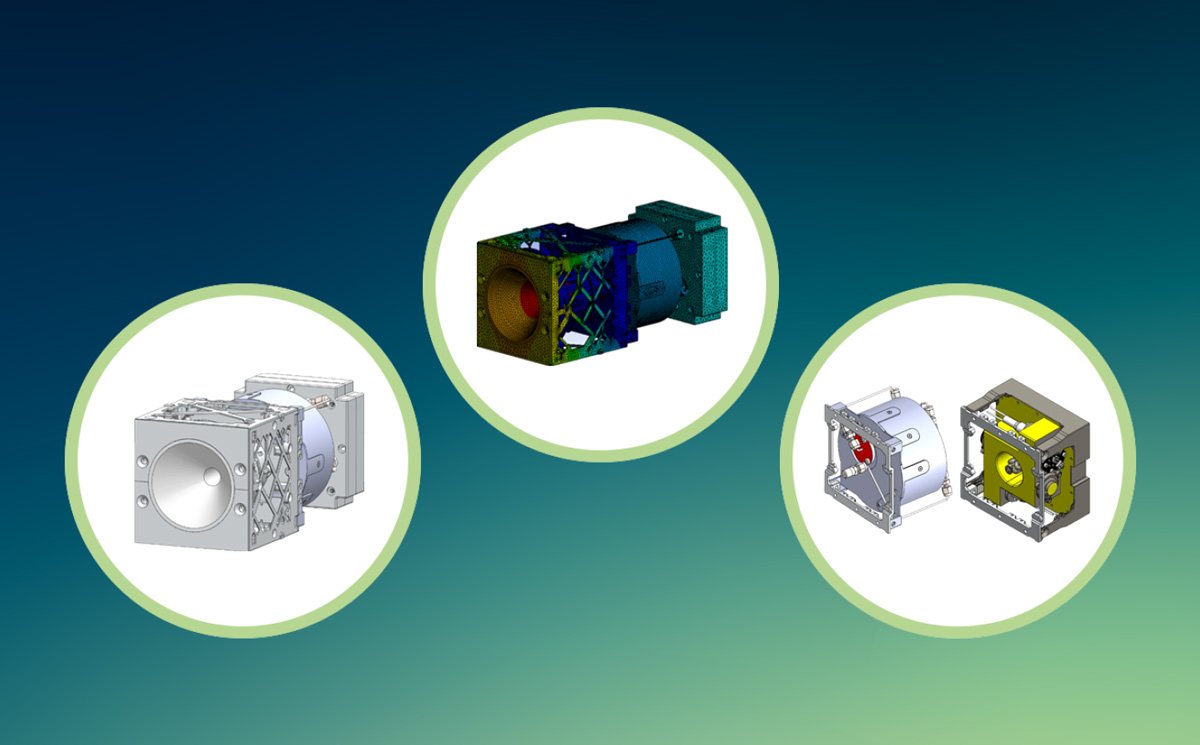I’m a Senior Propulsion Engineer and CTO at T4i. I hold an MSc in Aerospace Engineering in 2008 and a PhD in Science Technologies and Measurements for Space in 2011, both from University of Padua, Italy. I’ve worked on Propulsion Systems since 2009, mainly on Hybrid Rockets design and testing, working on different propellant combinations and motor class (1kN, 10 kN, 25 kN). Now I’m the Technical Manager of T4i and PM on Plasma Motors projects. My main achievements are the design and construction of a race car (Formula SAE competition), the design and launch of a hybrid booster for UAV take-off, and the design and micro-g testing of a PMD on a sounding rocket (SPONGE REXUS experiment, launch on 2011). I’ve also deep experience on autonomous mobile robots. I’ve a deep experience in the field-testing of rockets, helping in the design of the actual test facility of University of Padova, modelling the internal combustion behaviour and analysing data from experimental campaign to achieve better performance of our motors. Since 2017 I work also as a program manager for plasma thrusters project, where the aim is a working cubesat to be placed in orbit. I am author and co-author of many articles published in international peer-reviewed journals, and proceedings of national and international conferences. I grew up working in teams, where the focus was to achieve a solid result maintaining the given constrain. Dealing with people is my daily routine, getting the things done is my purpose, making people willing to work with me and my projects is my method. My main interest outside work are tech stuff and outdoor adventures like kayaking, hiking, sailing, traveling… I like to read sci-fi book… Yes, I’m a bit of a nerd.




